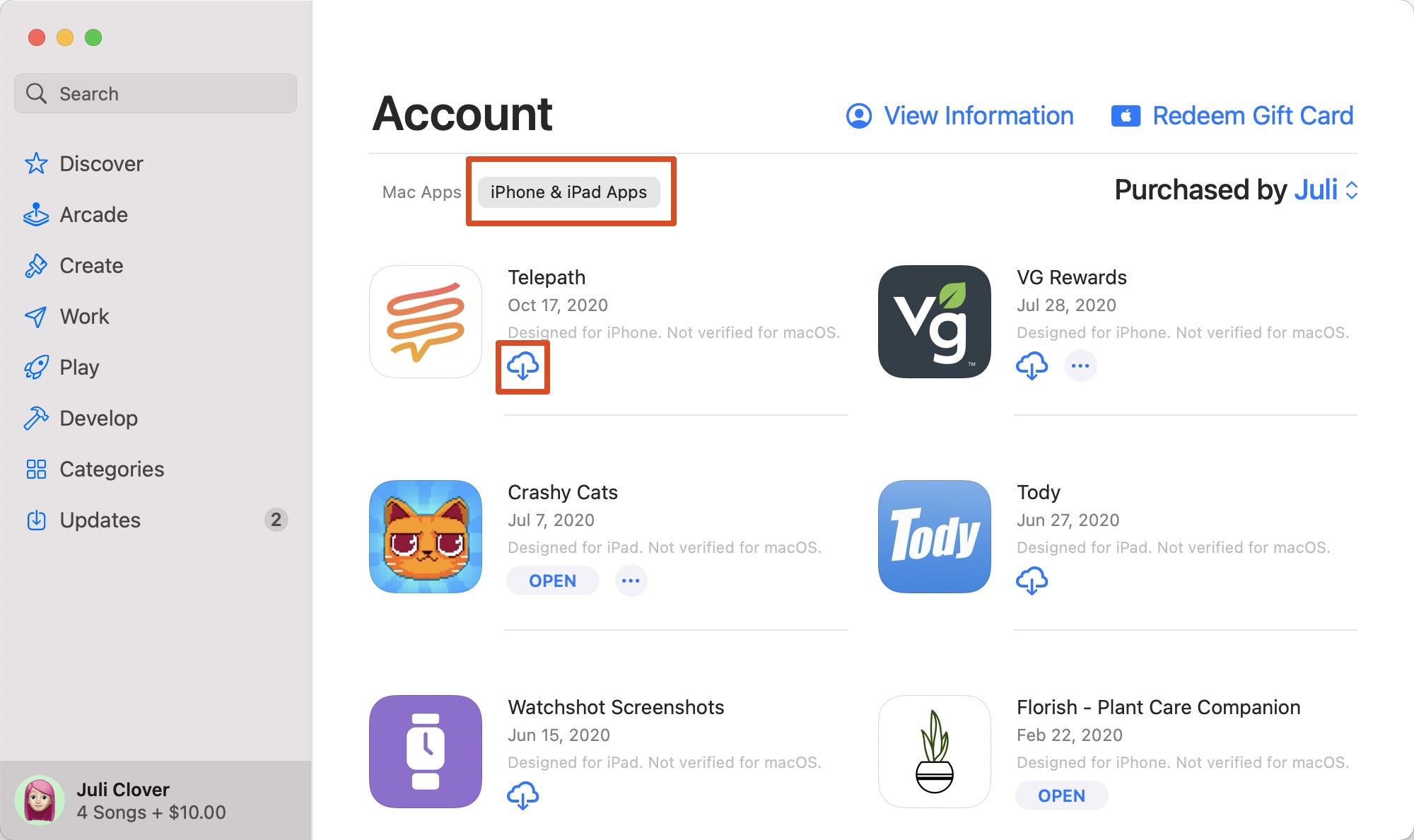

- #Access app for mac how to#
- #Access app for mac for mac#
- #Access app for mac install#
- #Access app for mac full#
- #Access app for mac pro#
Denying access to the file system from some apps will make them just not work, or unusable if you can’t access files when you want to.

Depending on the app, that could cause some considerable issues, so make sure you know what you’re doing before you remove access for anything, let alone everything. When finished, close out of System Preferences and you’re done.Īny app that you revoke access for will no longer be able to read files from, or write them to, the location in question. You may need to click the padlock at the bottom of the System Preferences window and enter your password to make any changes.
#Access app for mac how to#
How to Control Apps Accessing Files & Folders in MacOS As you’d imagine that’s all handled via System Preferences, and it’s pretty easy to find and manage once you learn how it works. But it does also mean that you can go back and revoke access easily if you need to. This security feature is undeniably handy but it’s not without some frustration for some users, as it does initially mean you have to deal with a whole ton of new dialogs when apps first try to access locations on your Mac if you’re running the latest macOS versions.
#Access app for mac full#
With a modern macOS release, you now have full control over which apps have access to what on the Mac. Thus if you want to manage folder and file access in macOS you will need MacOS Catalina 10.15 or later installed.
#Access app for mac pro#
To run ArcGIS Pro with Parallels version 15, the following are recommended: From macOS 10.15 they will also receive a Screen Recording prompt. This allows you to run Windows without creating a partition on your machine. The introduction of Back to My Mac suppressed the mainstream need for third-party remote-access apps, and companies that had a range of offerings from consumer to enterprise left the lower end of. Run ArcGIS Pro in a virtual environmentĪrcGIS Pro can also run in a virtual environment such as Parallels. For more information about Boot Camp, see Apple's Support site. You can access the Assistant from the Utilities folder in the Applicationsįolder in macOS. Windows in a dedicated hard disk partition. You may be enjoying a sip of coffee in the neighborhood cafe or. Give it a second, and Screens will connect you to any computer no matter where it happens to be.
#Access app for mac for mac#
With this robust screen sharing tool for Mac it becomes possible.
#Access app for mac install#
The Boot Camp Assistant helps you install Remotely work with any computer regardless of your location. You need your ArcGIS Pro installation files and a Windows installation DVD or disc image (. To run ArcGIS Pro in Windows installed natively with Boot Camp, To access Windows and macOS, you must restart your Mac. Limitation is that you cannot access macOS and itsĪpplications at the same time. The disk partition that contains your Windows operating system. You can access Windows by restarting your Mac and pressing and holding the Option key while selecting Natively, accessing the Mac hardware directly. Run ArcGIS Pro natively on a Windows partition (Boot Camp)īoot Camp allows you to install Windows in a dedicated hardĭisk partition on your Mac. If you cannot view all the specifications for the host machine, you can use the Can You Run It utility to check your system's hardware. Macs with non- Intel processors are not compatible.įor hardware requirements for the host machine, see the ArcGIS Pro system requirements. To use ArcGIS Pro on a Mac, a contemporary Mac ( MacBook Pro, iMac, or Mac Pro) with a quad-core Intel processor, 256 GB storage, and 8 GB RAM or more is required. Earlier versions of Parallels are not recommended with ArcGIS Pro. Running ArcGIS Pro 2.3 and later on a Windows virtual machine (VM) on MacOS requires Parallels version 15 or later.


 0 kommentar(er)
0 kommentar(er)
